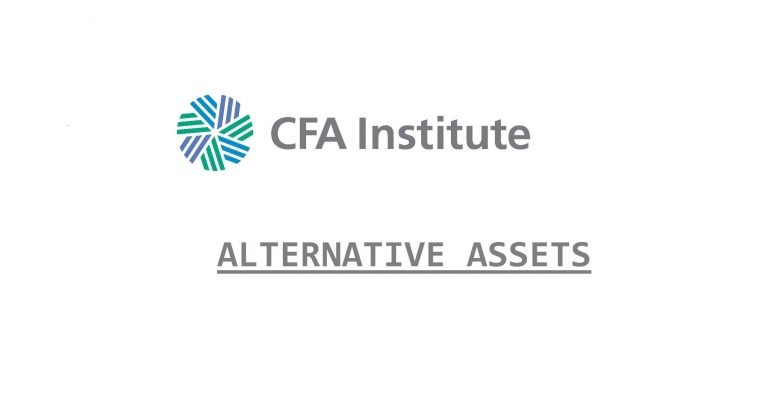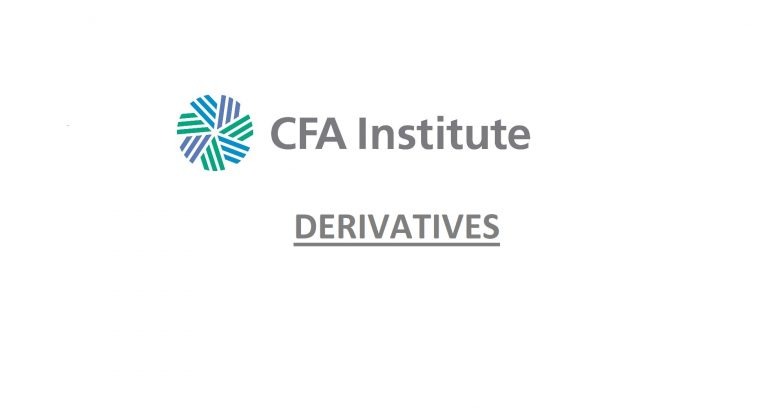Module 44.4 LOS 44.j and Module 44.5: Calculate Venture Capital Ownership Fractions, Including Over Multiple Rounds
When we are analyzing a new company, we will have a post-money value and a pre-money value. The post-money value …
Module 42.4 LOS 42.i: Calculate the value of a property using the cost approach
The cost approach is often used for unique properties or properties with few comparable transactions. Estimate the market value of …
Module 44.2 LOS 44.f: Economic terms of a private equity fund
A private equity funds operates with a relationship between the general partners of the fund and the limited partners. Only …
Module 45.1 LOS 45.f: Theories of commodity future’s returns
The CFA recognized 3 theories of commodity returns that are based on the futures curve. The Insurance Theory states that …
Module 43.1 LOS 43.a and 43.b: Advantages and Disadvantages of REOCs and REITs
Equity REITS are tax exempt companies that own income producing, actively managed properties. They seek to profit by growing cashflows, …
Module 40.2: Put-Call Parity
We can value a put option using put call parity. Put-call parity states that the value of a fiduciary call …
Module 40.7 LOS 40.m: Role of Gamma Risk in the BSM model
The BSM model predicts that changes in stock price is happens continuously, not abruptly. If this were the case, there …
Module 41.2 LOS 41.c: Characteristics of a covered call
By taking on a long position in a stock and combining it with a short call we create a covered …
Module 39.7 LOS 39.c and 39.d; Module 39.9: Swap fixed rate calculation and calculating the market value of a swap using SFR, pricing an equity swap
In an interest rate swap, a fixed rate is set so that the present value of the floating-rate payments is …

